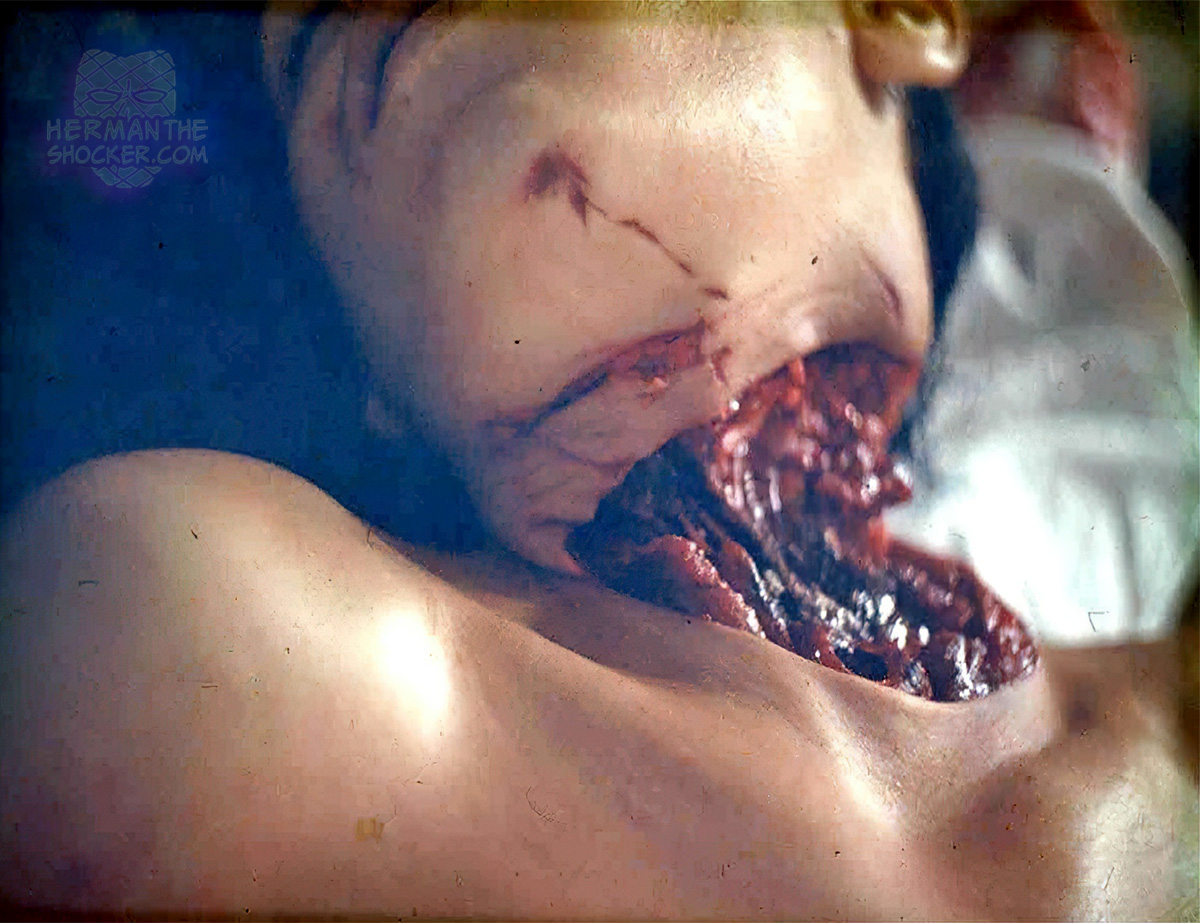This individual was nearly decapitated. An incomplete decapitation occurs when the head is partially severed from the body but remains attached by some tissues, such as skin, muscles, or ligaments. Unlike complete decapitation, where the head is entirely detached, an incomplete decapitation may still allow limited blood flow and neural connection, though survival is extremely rare. This type of injury typically results from severe trauma, such as car accidents, industrial mishaps, or extreme violence. In medical contexts, an internal form of incomplete decapitation, known as atlanto-occipital dislocation, can occur when the skull separates from the spine while the skin remains intact. This condition is usually fatal without immediate intervention.
Latest posts








